
Rats & Mice – Rodent Baits or Traps
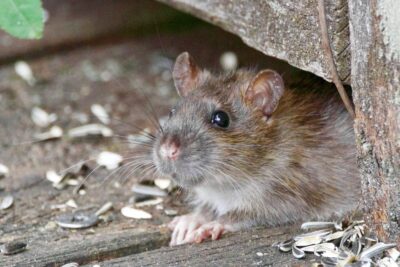
Want to do your own rodent control, you you have a choice between trapping and baiting methods. Baiting is quicker, especially for pest control novices, but there is also a chance that a dead smelly rodent will die behind your walls waiting until the carcass decomposes. If there is potential that the rodent will get stuck in the walls near a common area in your house, you might want to use traps to catch the rodent instead.
Best Of South Delta – Go Green Pest Control – Annual Readers’ Choice Awards
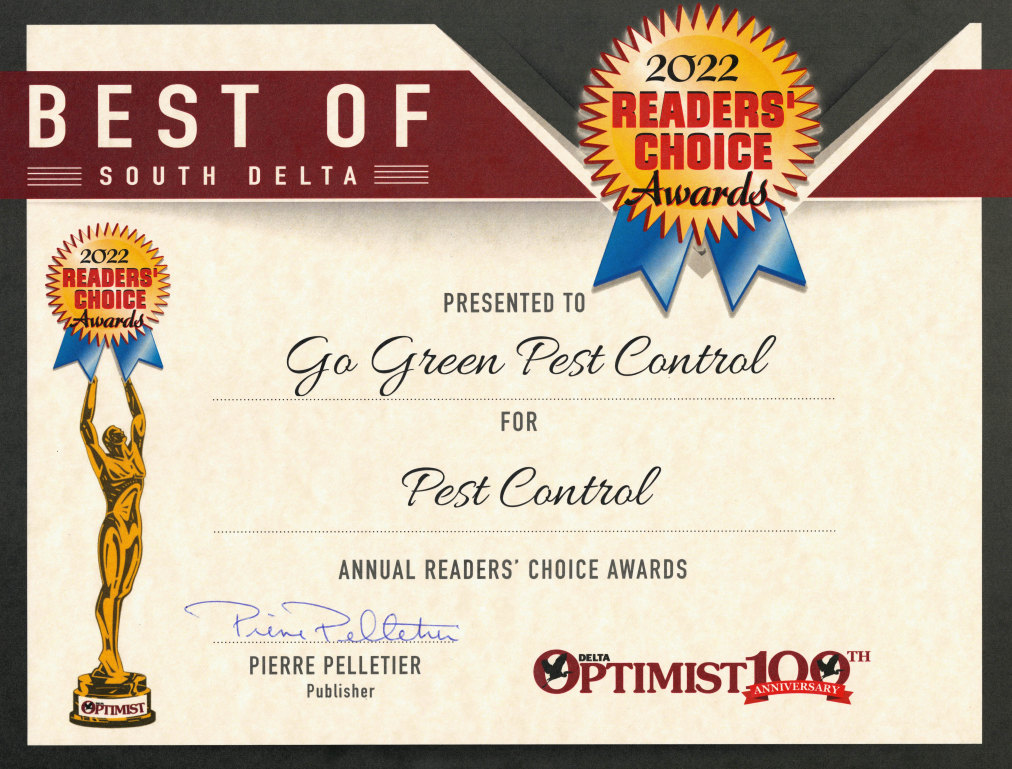
Best Of South Delta – Go Green Pest Control – Annual Readers’ Choice Awards
A 25-year Tsawwassen resident, Randy Bilesky at Go Green Pest Control.
After many years in the forest industry, long-time South Delta resident Randy Bilesky decided to start a new venture – and Go Green Pest Control was born.
Over his 25 years in Tsawwassen, Bilesky had noticed there was little consistency with how other companies dealt with pests. After taking the B.C. government training and certification program, starting Delta’s only locally owned and operated pest control company seemed like a natural next step.
“I’ve always had my own business,” he said. “I’m an entrepreneur.”
Bilesky said living in South Delta for close to two decades has given him first-hand knowledge about the pest problems local home and business owners encounter, adding he can provide environmentally friendly and humane removal techniques that control pests without impacting surroundings.
Bilesky said one thing he’s on the lookout for is the impressive fire ant, which is currently spreading across the Lower Mainland and has been seen in Richmond.
“Once it comes to Delta, it’s going to stay,” he said, adding they are hard to control.
Bilesky said he’s also noted a lot of rats in Ladner.
“It’s an epidemic. It’s unbelievable.”
For more information about Go Green Pest Control, visit www.gogreenpestcontrol.ca. Call 604-946-9698 in Ladner, 604-948-9838 in Tsawwassen and 778-886-4111 in North Delta.
Keep It Local

Let’s Talk About Keeping it Local. We all talk about buying things locally, buying produce that has been grown locally but do we apply this to everything we do? Often when a issue comes up that we can not handle ourselves; we turn to the computer to find a solution. If I’m having problems with my garage door opener, I’ll “google” it, to look for a solution that I can do myself. Often I find what I think will work and run down to the local hardware store and purchase what I need to fix the problem. Then there are the more complicated problems: the car is idling poorly, the furnace isn’t starting, the roof is leaking and ” I have rats in my attic” Back to google to find someone to fix the problem right now. Sure we “Google” pest control and what pops: all the “google ads” that the big corporate pest control company have paid for. I personally skip these and look for a local company. You type in Delta B.C. and the type of company that can help: in this case “pest control” . Boom, a dozen company pop up. Are they local, don’t know, so we click on the website and it’s a corporate franchise company whose call center is in Toronto and their dispatch comes from the deep heart of corporate Ontario. Back to “google” to find a local company.
Okay, enough said. So let’s keep jobs and business local. Need pest control and want a local company; then call Go Green Pest Control. Go Green Pest Control is Delta’s only owned and operated pest control company: specializing in local knowledge, prompt friendly service with a noticeable Delta twange. Go Green Pest Control does both commercial and residential service. We can set up a contract to keep the rodents at bay all year long. Go Green Pest Control Delta Pest Control Ladner pest Control Tsawwassen Pest Control
Raccoons and Skunks are turning up the turf again

Raccoons and Skunks are turning up the turf again, and its because they are hunger and your lawn is loaded with chafer beetle grubs. It’s becoming a common sight in Delta—lawns decimated by birds and animals that desperately dig for chafer beetle grubs.
“Overnight they could destroy somebody’s lawn—the whole lawn,” said Richard. “You have a family of five or six raccoons, and they will literally rip up a whole large lawn in one night. It looks like a rototiller has gone through the lawn.”
Lubberts first noticed the beetles in Richmond a few years ago. It’s now such a big problem for homeowners and strata buildings that some people are considering installing artificial turf, he said.
“The degree of severity is huge right now,” he said. “It’s definitely getting worse.”
First found in New Westminster in 2001, the beetle has since spread to Richmond, Burnaby, Vancouver, Coquitlam and North Delta, according to the Ministry of Agriculture.
Damage is done during the grub, or larvae, stage. The grubs feed on the fibrous roots of grass, which crows, raccoons and skunks quickly rip up each spring and fall in search of the tasty pests.
In a report to Delta council Tuesday, city staff are planning to make it easier for homeowners to fight the yard menace. Proposed is a permitting system, which would allow residents to apply for an exemption to summer lawn watering restrictions.
Water is key to controlling grubs without pesticides.
Microscopic round worms, known as nematodes, are the most effective defense against the chafer beetle, according to Lesley Douglas, the city’s manager of environmental sustainability. Nematodes—available at garden supply stores—are applied to infested lawns at the end of July when the beetle is beginning its grub stage. Effective treatment involves two weeks of regular watering.
Watering exemption permits would be good for 21 days inside July 15 to Aug. 15, and would be available free to homeowners with water meters and proof of nematodes purchase. Homeowners without a meter would pay $33.50 and be required to sign up for water meter installation.
Chafers were first spotted in Delta in 2010, according to Douglas, who noted the invasive pests have since spread across the city, causing “significant damage” over the past 12 months.
Even city boulevards, which homeowners are responsible for maintaining, haven’t been left unscathed. But so far the city’s inventory of parks has faired well due to regular maintenance, according to city spokesperson Kim Decker.
Lawns with moss are more susceptible to damage, she noted, along with turf that’s mowed short.
Mice & Mouse – Get’m Gone

The serious first step to getting rid of mice and rats is to find their runways and feeding areas for proper placements of rodent traps and rodent baits. They are active in dusk so using a flashlight would be handy to see into corners and recessed areas. Look for tracks, feces, gnawing damage, urine stains, grease stains and live or dead rodents. If you have a pet their will certainly let you know. To get rid of rodents you need to know if it is a mouse or a rat. Rats are just a lot bigger animal, leaving 3/8” – ½” feces and rat’s head will be comparably larger to its body than a mouse’s , look for the round ears on mice.
Bed Bugs – Oh No!!!
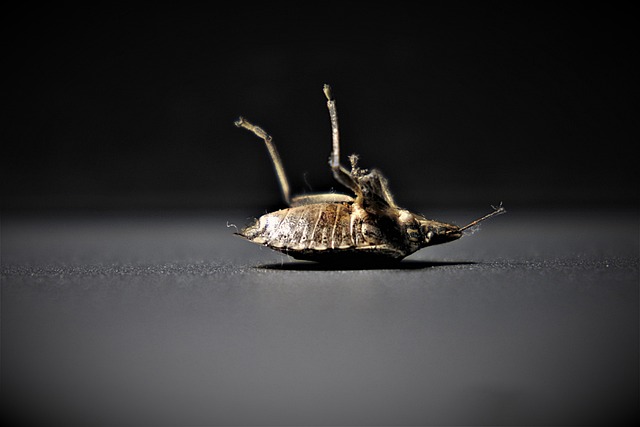
How To Get Rid of Bed Bugs My page on how to get rid of bed bugs will walk you through the extermination process step-by-step, but in general, you’ll do a lot of cleaning and then apply the mixtures I provide on that page and apply it everywhere bugs might hide. Wash all your linens and place them in a hot dryer for 20 minutes (or you can freeze them at -5 C or below for five days); you’ll do a lot of bagging of items that can’t be washed. Next, you locate the bugs hiding places which include your alarm clock, your picture frames, inside your mattress (their most coveted breeding ground), electrical outlets, under baseboards and inside any wall cracks, to name a few. You’ll vacuum all these areas, treat them with heat (I explain that in the page mentioned above as well), spray it all down and then apply the dust. You can vacuum to capture bed bugs and their eggs, but because the eggs are embedded into the fabric, you may have to scrape the surface with a fine tooth comb – we cover all this. Use food grade diatomaceous earth, an all natural pesticide and one of the best kept secrets in the war against bed bugs! This really works, but only when used in properly. Take your time, follow all the steps we show on this site and do it right the first time and chances are you won’t have to do it again – that is, unless you bring them back into your home. This is why it’s so important to recognize bugs and understand the precautions you need to take in order to prevent future infestations. After applying the natural pesticide, it’s time to seal everything up, from the cracks in the walls to tears in the box spring to adding covers that completely seal the mattress. Remember, a nymph can live for two months without feeding, an adult can survive more than 12 months! You can place glue boards or sticky tape around your bed and in the room to catch the bed bugs as they move around; this gives you a way to monitor the effectiveness of your efforts. Uninterrupted, a bed bug can fill up in little as 5 minutes and do this about once every 6 days.
Delta Pest Control Ladner Pest Control Tsawwassen Pest Control Go Green Pest Control Randy Bilesky
Obese Rodents Produce More Diseases

Obesity may be tougher on male immune systems than females. Male mice may have the tendency to produce higher levels of white blood cells that encourage inflammation, which contributes to the negative health consequences of obesity. Male mice are most often studied because their risk for developing these diseases.
Obesity does not trigger inflammation in female mice the way it did in males. While it has long been known that male and female immune systems are different. Young reproductive-age female mice that became obese, produce only a mild inflammatory white blood cell response. In male mice, however, obesity made more active inflammatory white blood cells and enhanced their progenitors. This in turn made the male mice more prone to higher blood glucose and insulin levels, measures of diabetes. G
Blame the ‘impressive fire ant’ Delta
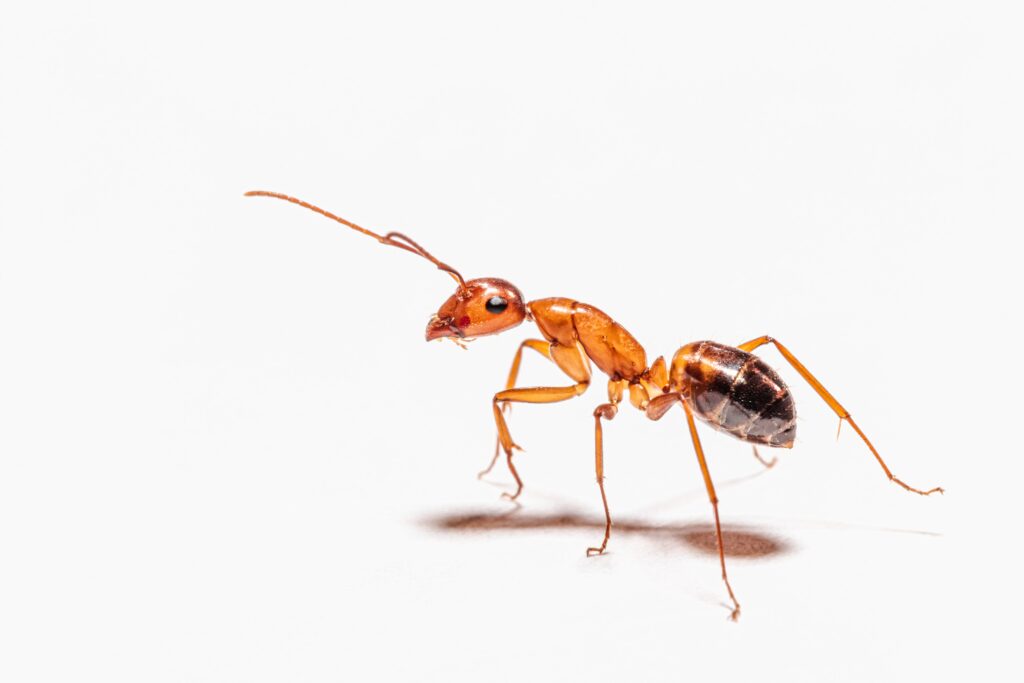
Last summer, several planes hit birds feeding on the fire ants at YVR, forcing a series of short runway closures.
And the pest problem is no longer confined to the common European fire ant.
“We’re talking of two different types of fire ants,” noting both fire ants appear to be on the move. “We’ve got them in virtually every municipality.”
We’ve got them in virtually every municipality
Higgins has been conducting surveys of known fire ant infestations and doing random sampling throughout southwestern B.C. to assess the extent of these tiny aggressive insects, which possess a painful sting and swarm very quickly when disturbed.
The investigation initially focused on the European fire ants, which spread naturally over short distances by budding off new colonies in which a queen and a group of worker ants leave a nest to form a new colony.
But it wasn’t until later that fall — after a call from Vancouver International Airport’s wildlife program — that Higgins started researching the impressive fire ant.
Airport officials were worried about a spate of collisions between small birds, mostly barn sparrows, and planes on the runway during July and August, which forced them to close the runway for five to eight minutes each time to clear away the mess.
“They wanted to know what they’d been eating,” Higgins said. “I looked at their gut contents and they were full of impressive fire ants. They’d been eating a lot of them, especially the winged queens.”.
Fire ants are difficult to control or eradicate, even with pesticides.
Higgins acknowledged the impressive fire ant is “just emerging as an invasive species here” and while he and Bradbeer are looking at running an experiment at YVR to control the ants, he expects it could take a year to get the permits.
Darryl Dyck CP has been fighting a scorched-earth campaign against the fire ants along the Arbutus Corridor rail line that runs from False Creek to the Fraser River in Vancouver.
Meanwhile, the Canadian Pacific Railway, which is tearing up its tracks along the Arbutus corridor on Vancouver’s westside, has been incinerating the soil along the tracks and said it will now also burn the rail ties to ensure the ants aren’t transported to another location.
“I just got confirmation we will incinerate the ties in that whole area,” said CP spokesman Jeremy Berry, noting the move will likely happen next week.
Although Higgins has yet to tally the numbers he has collected through his research, in the past four years, the ants have been introduced to at least 25 locations on Vancouver Island and the Lower Mainland through the movement of landscaping materials, soil and potted plants.
He noted the most common areas for fire ants tend to be Vancouver, Delta and Chilliwack, but they were recently spotted in West Vancouver, Burnaby and handful of spots in the District of North Vancouver.
Randy Bilesky Talks about rodents getting into your Car
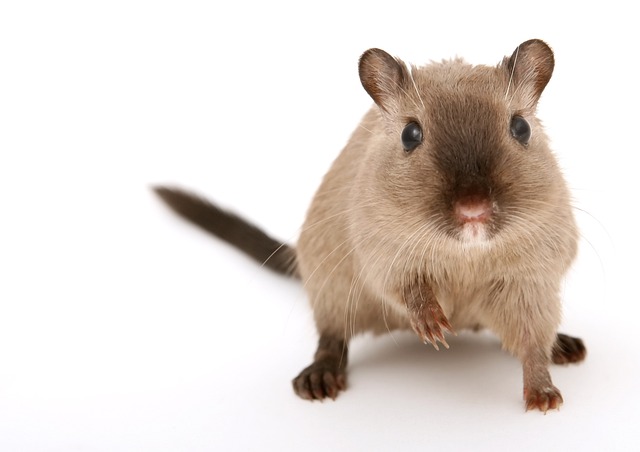
Do to continue Government pressures, north American car companies are “going green” by using biodegradable components to build their cars. Unfortunately for many car owners this has come at a cost: the expensive repair bill resulting from rodents chewing the wire coatings and other electrical parts under the hood!
Randy Bilesky of Go Green Pest Control in Delta talks about rats getting under the hood and what preventative measures car owners can take to stop it.
Randy’s Recommendations:
1) Place a bag of moth balls in the engine compartment and interior of the vehicle.
2) Spray a hot pepper based spray around the vehicle and the engine.
3) Obtain an electronic pest deterrent sonic noise maker like the Ultrasonic Rodent Repeller Commercial Triple Speaker Model Repels Rodents, Rats & Mice. By Innovative Rodent Repeller
4) Live rodent traps
5) Do not place bait stations near the vehicle as the rodent may use your vehicle as a final resting place.